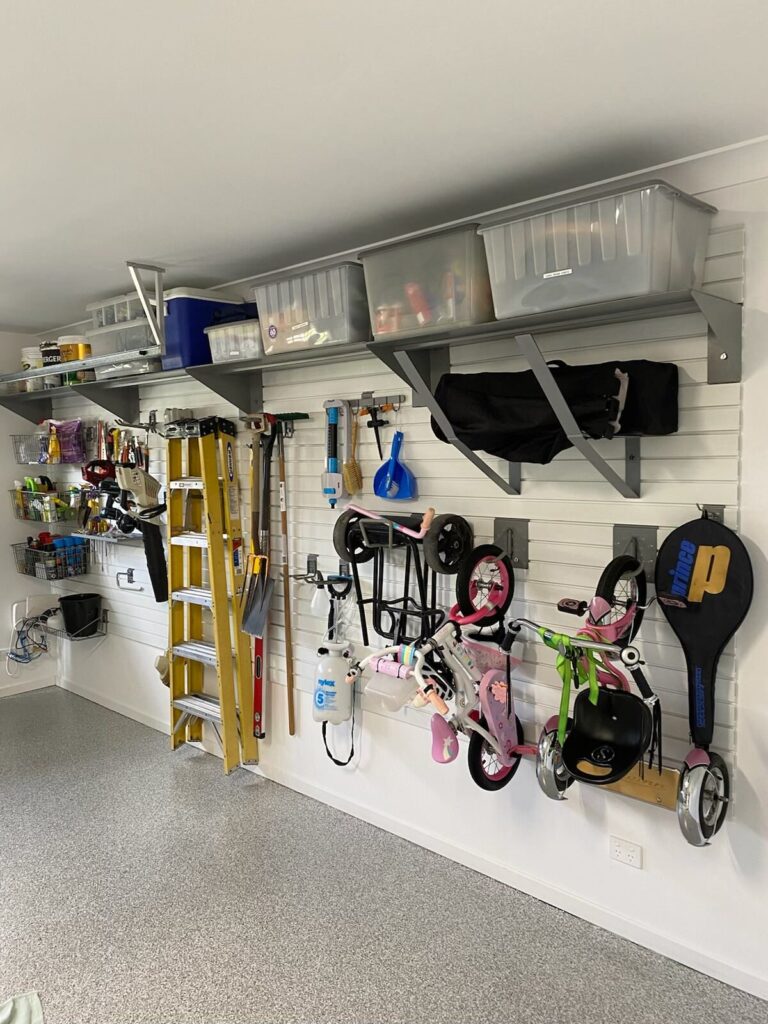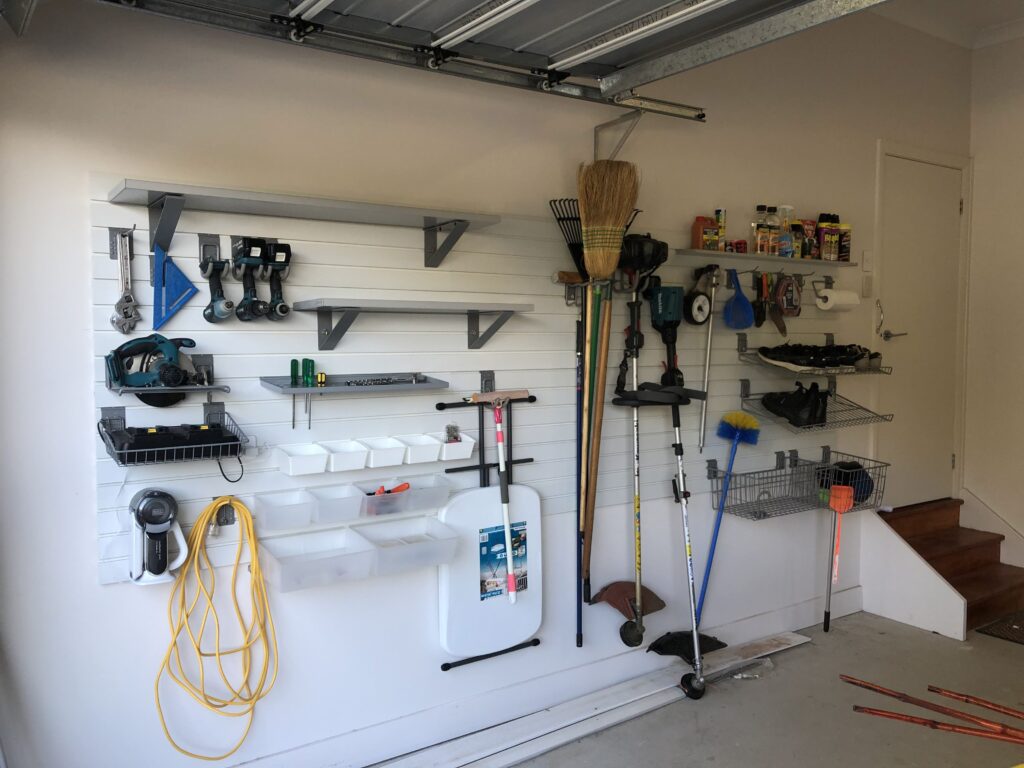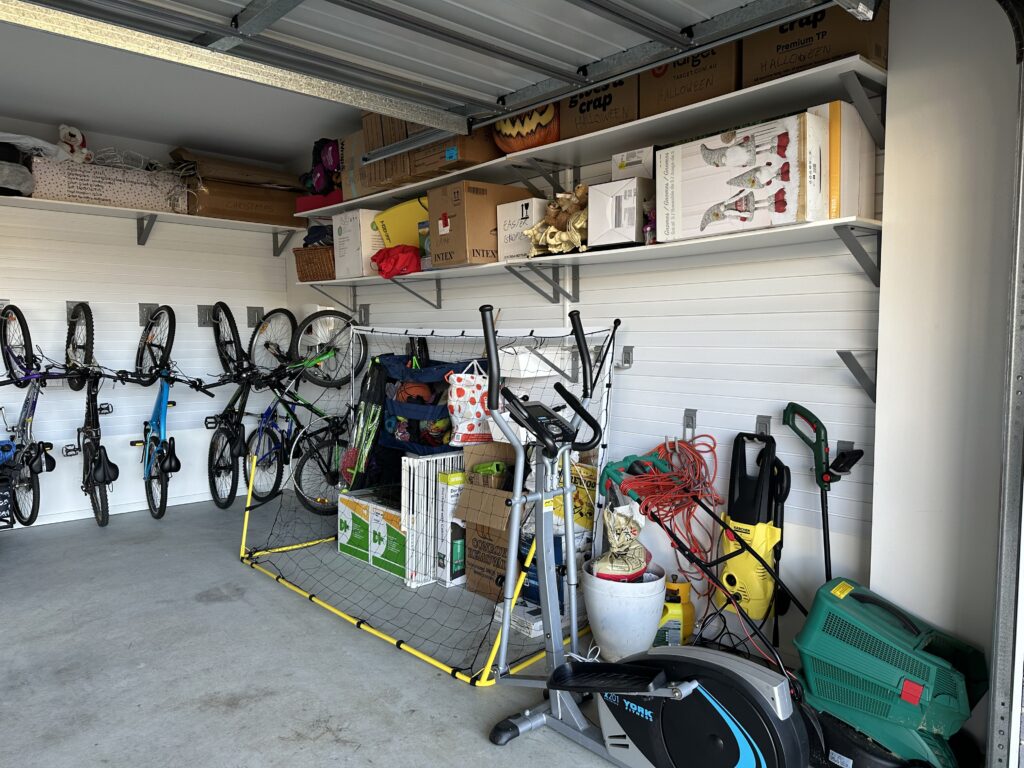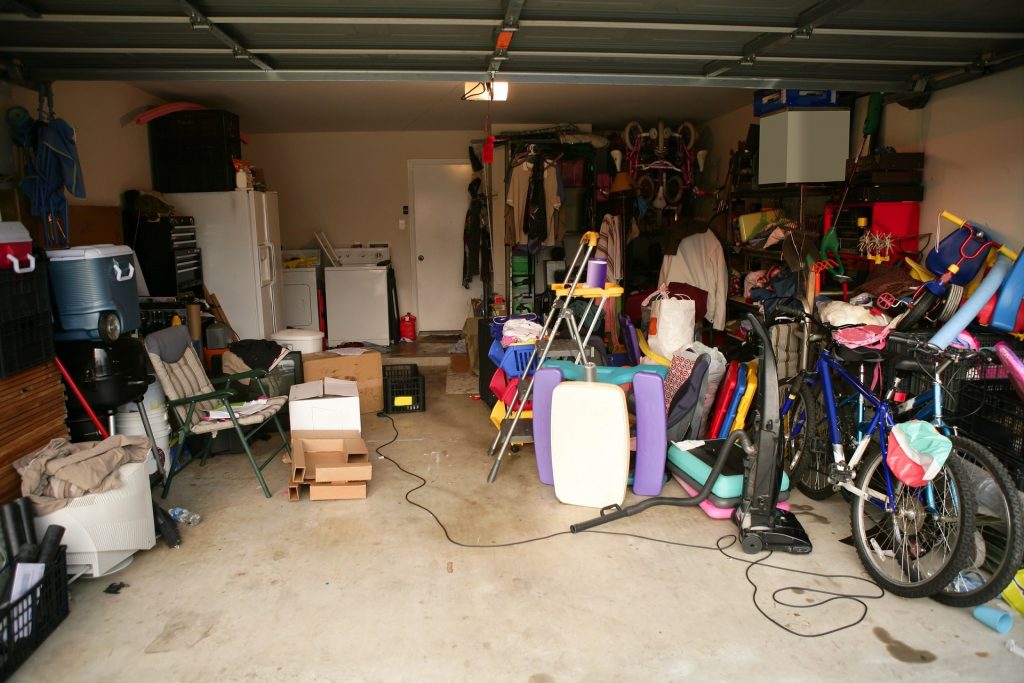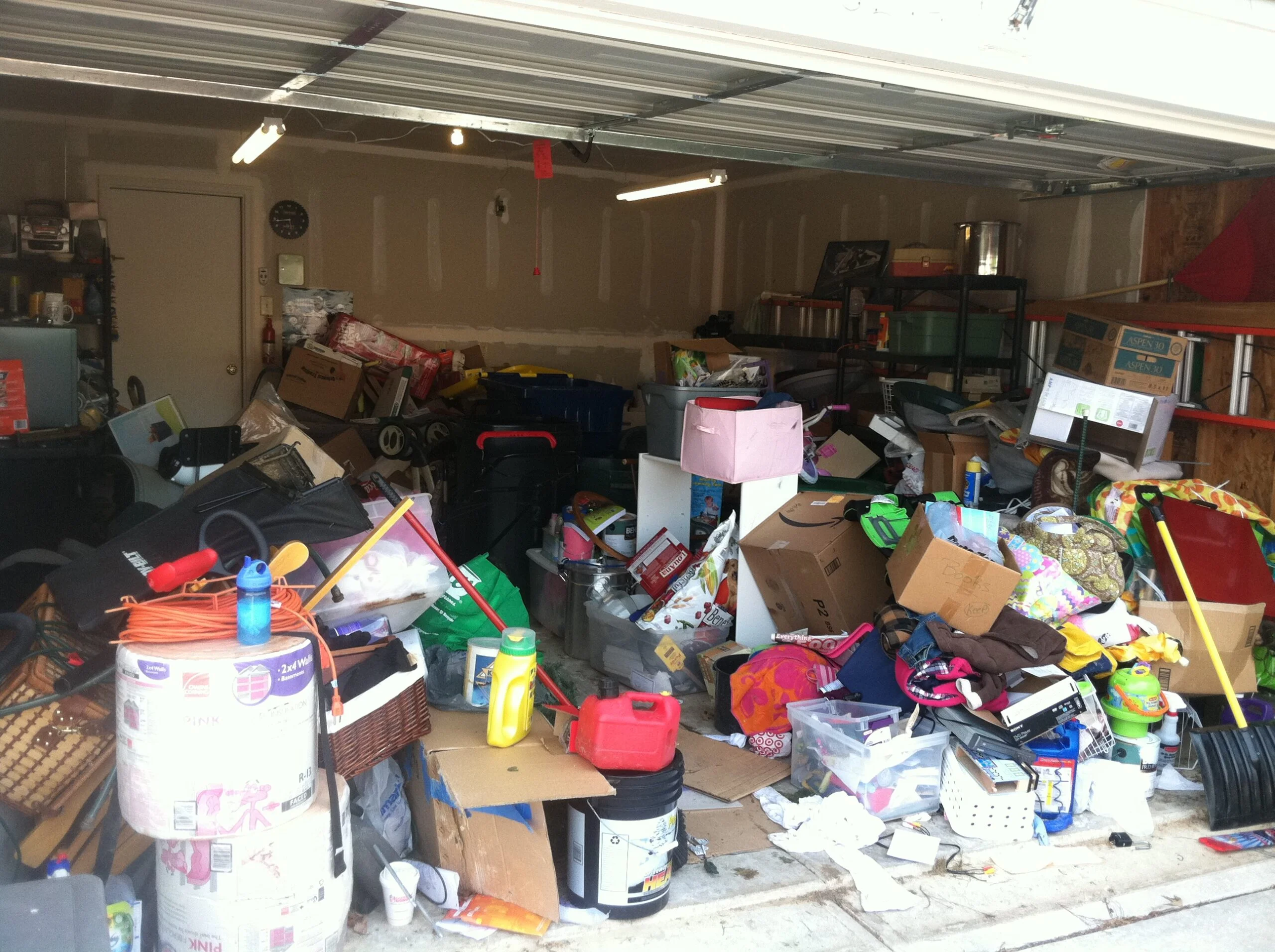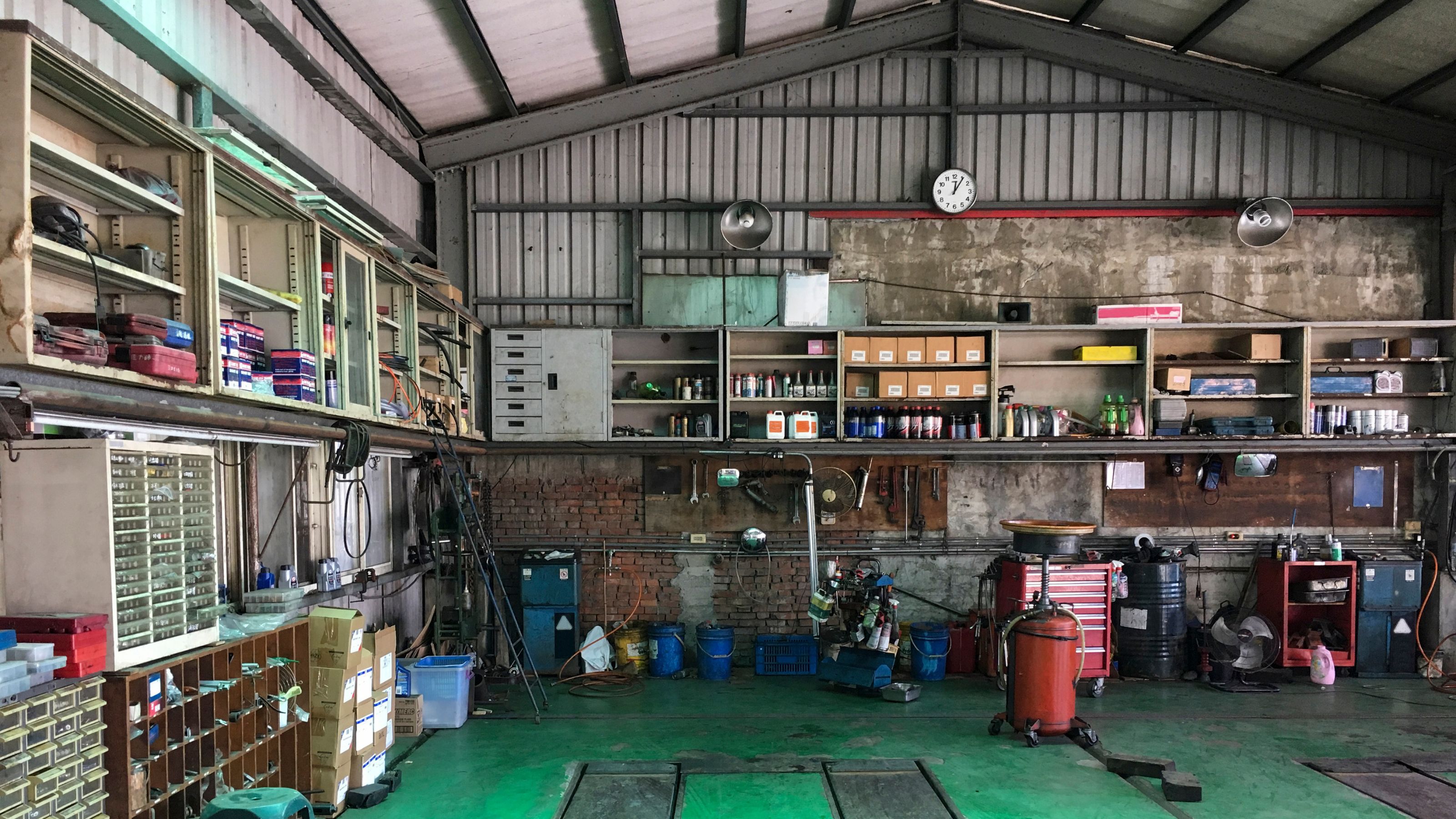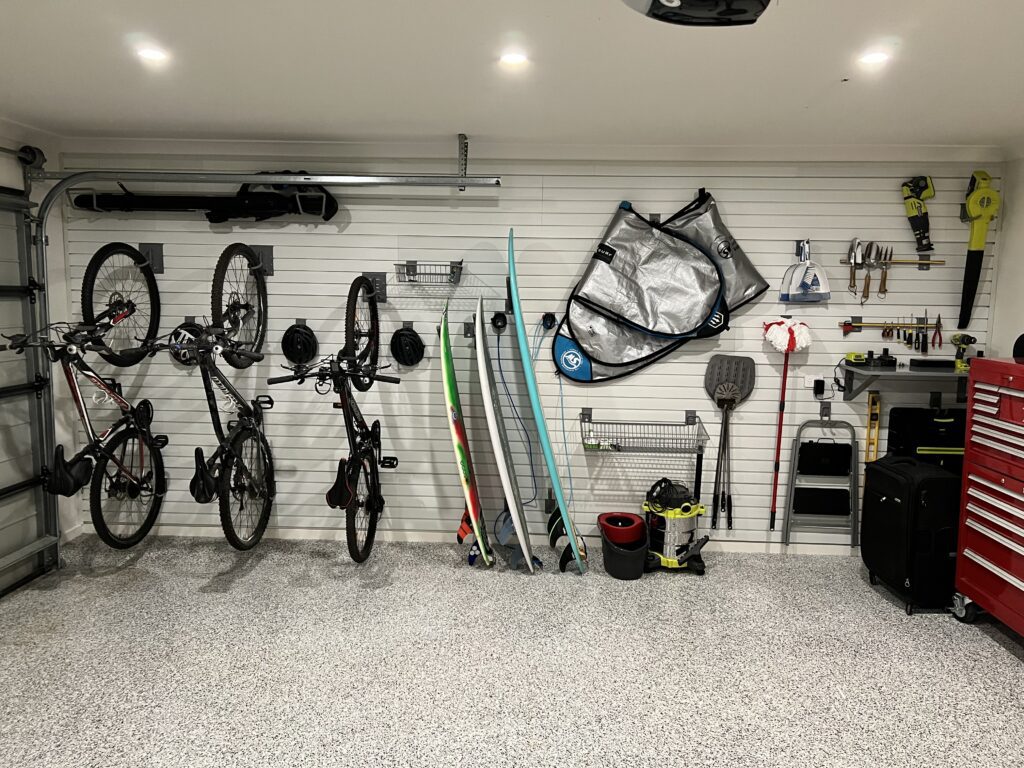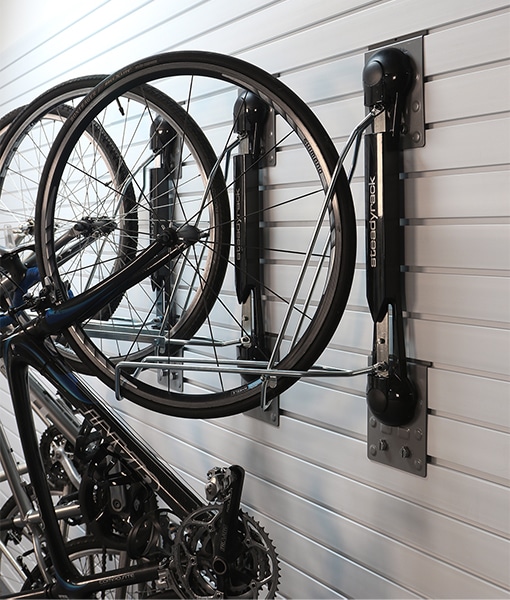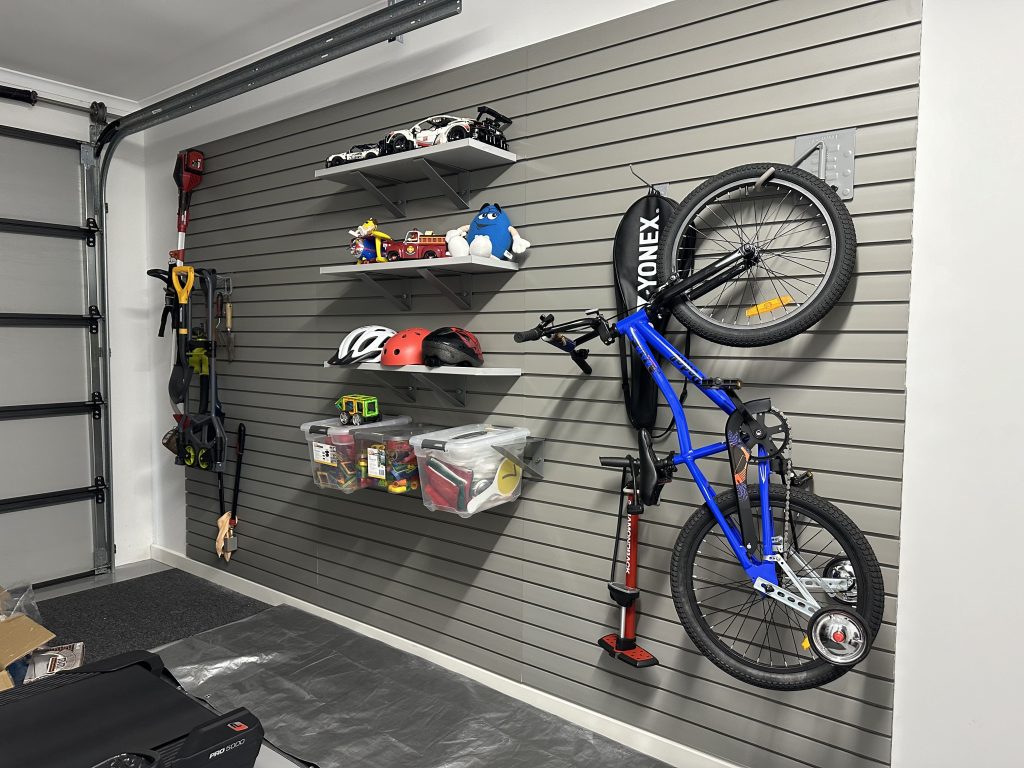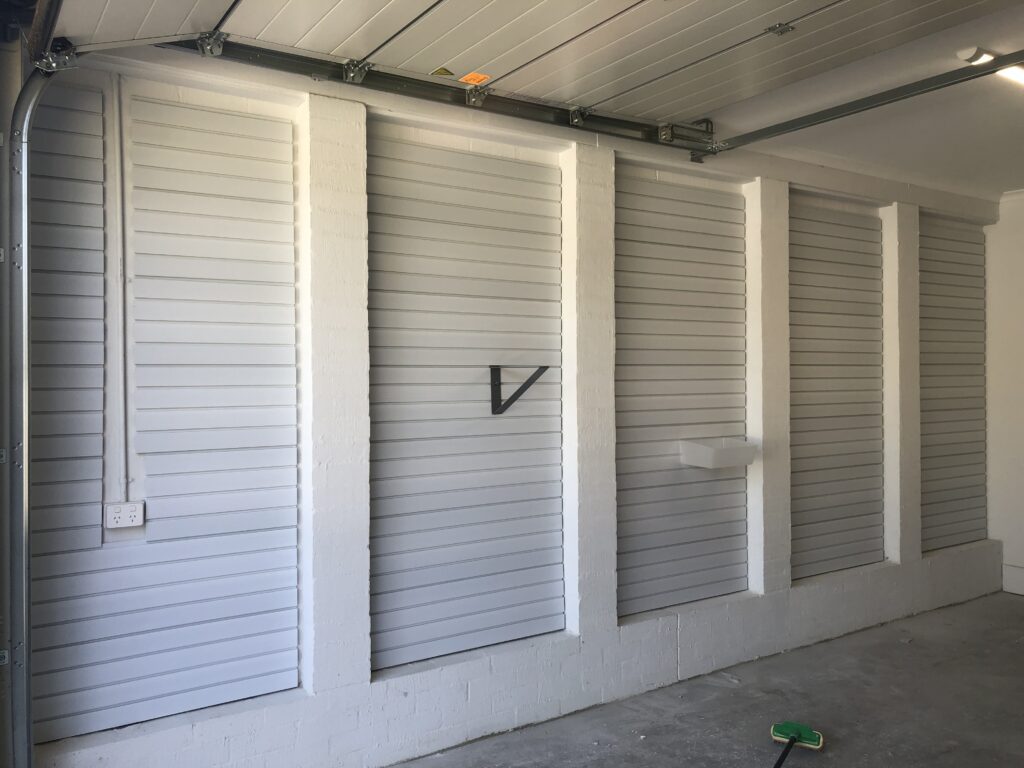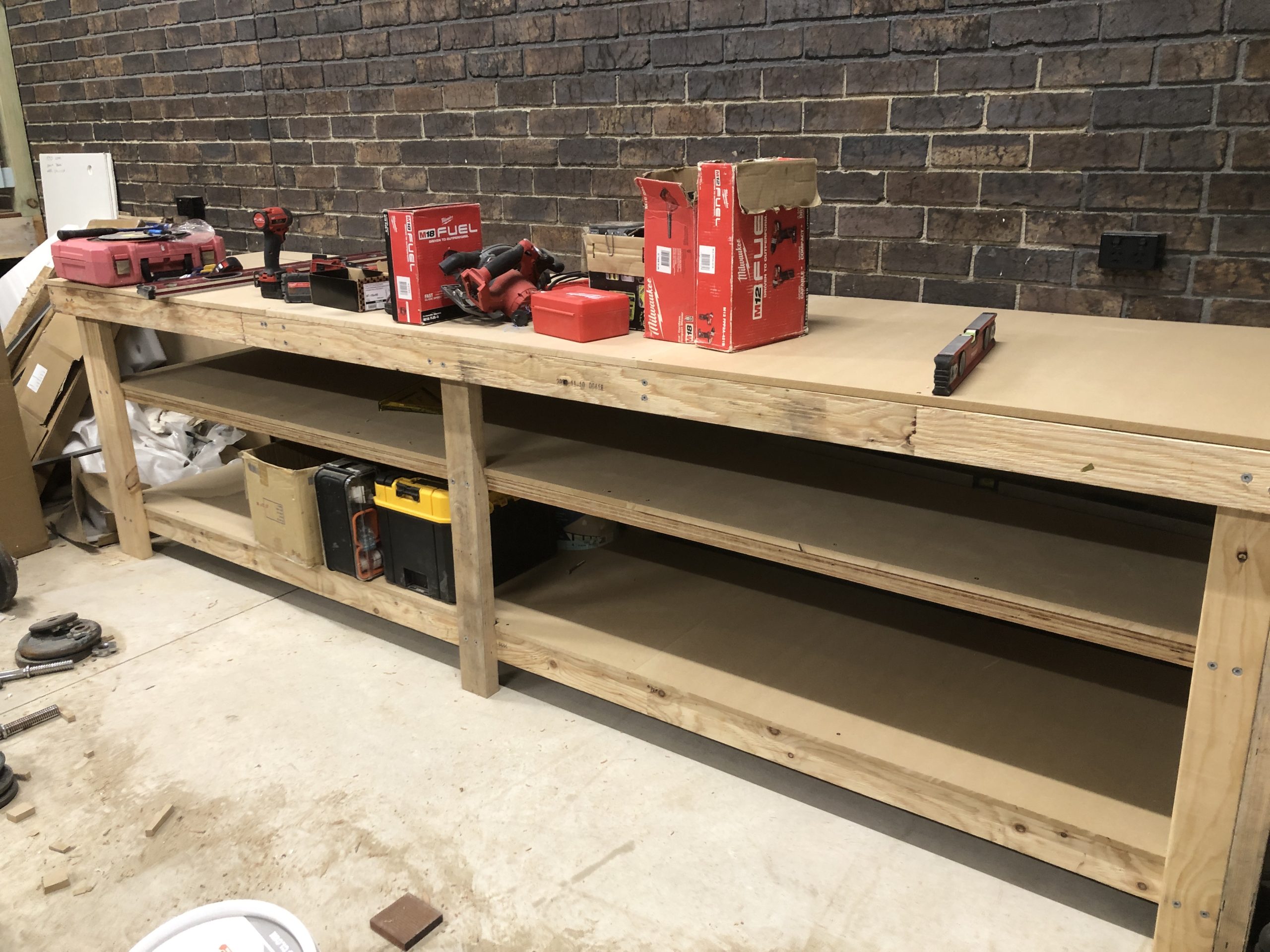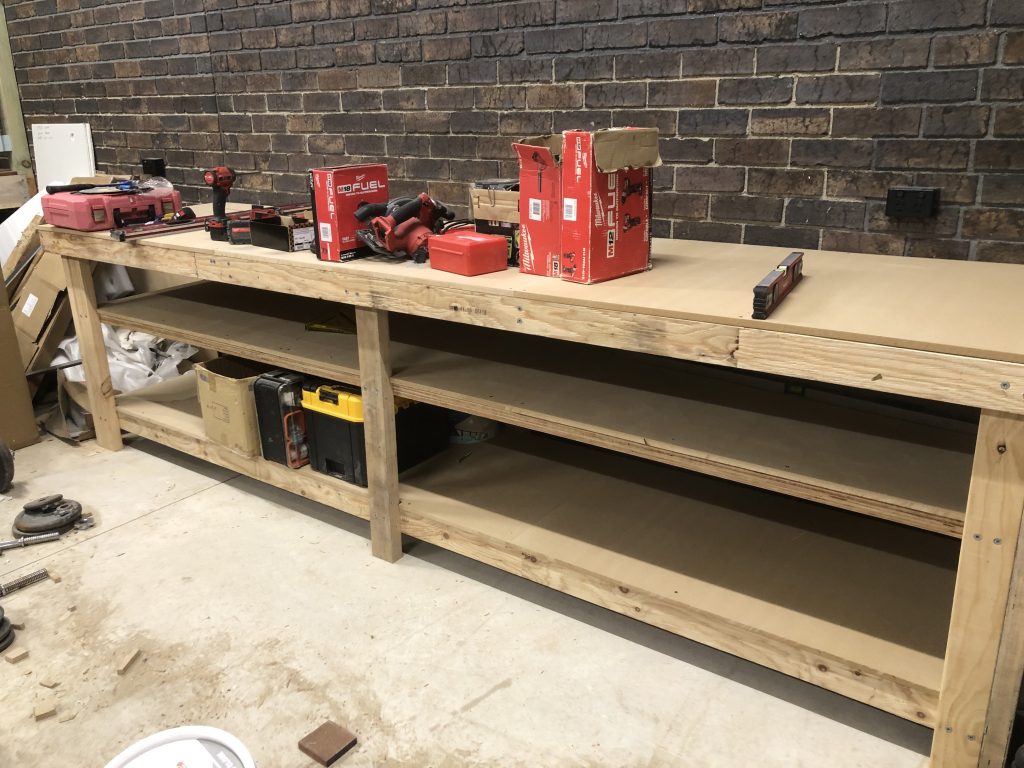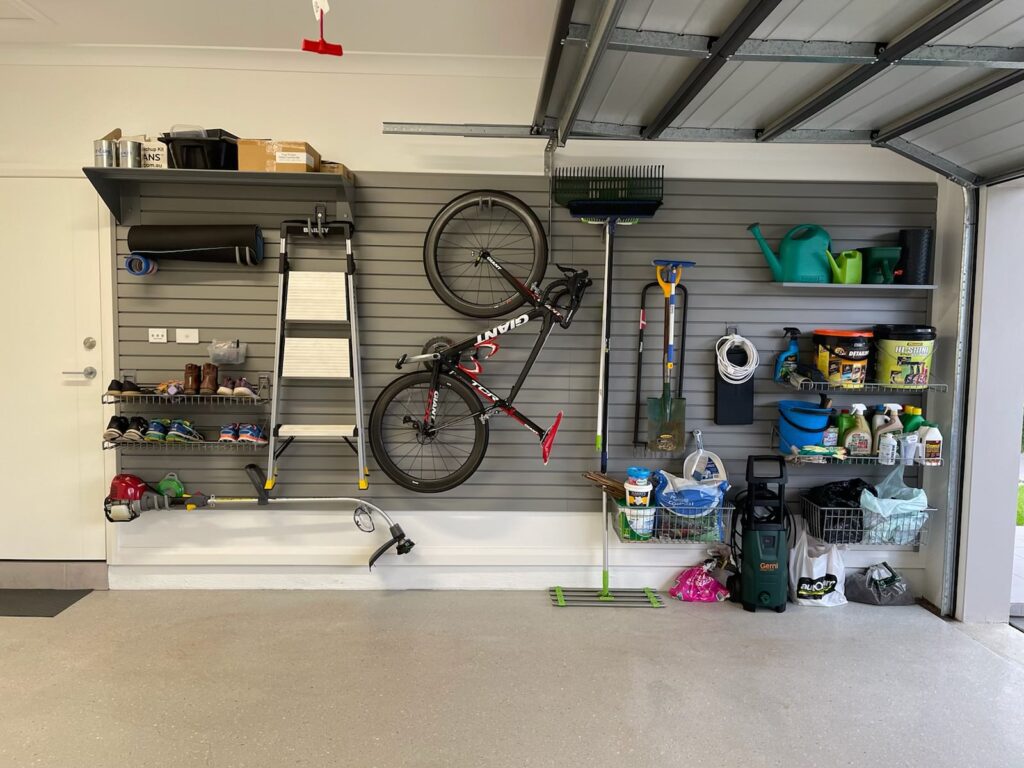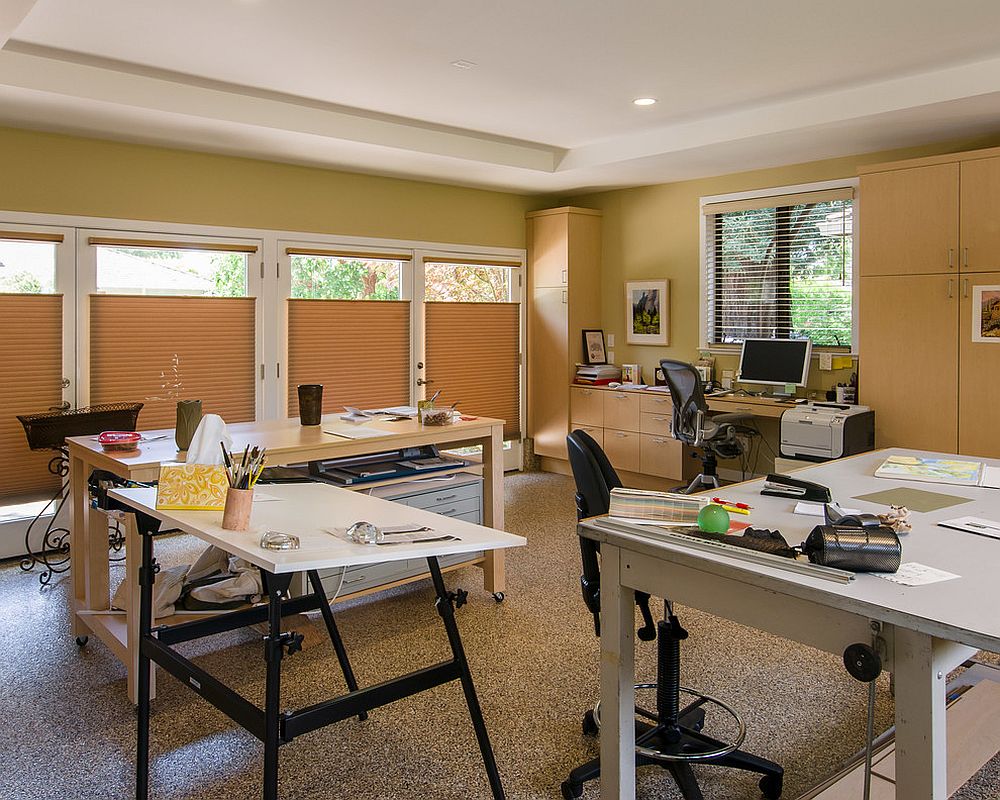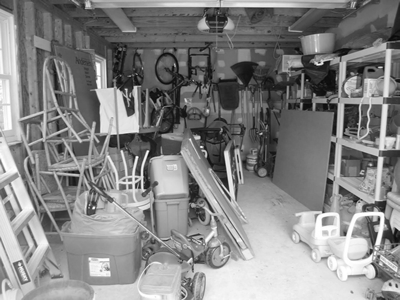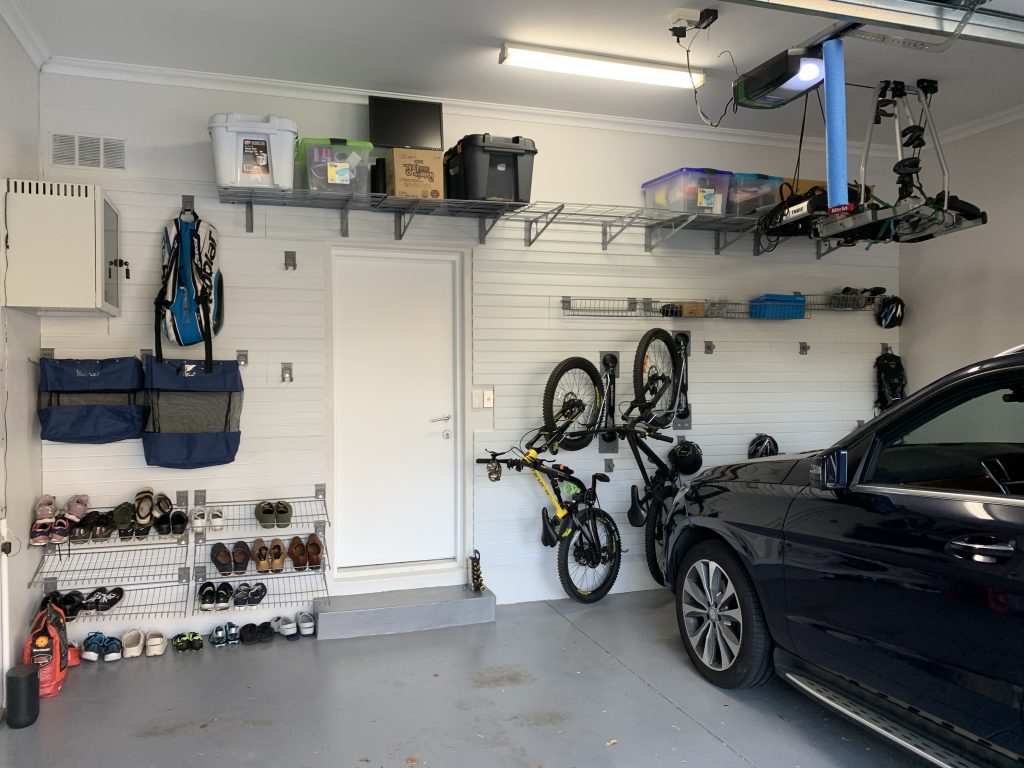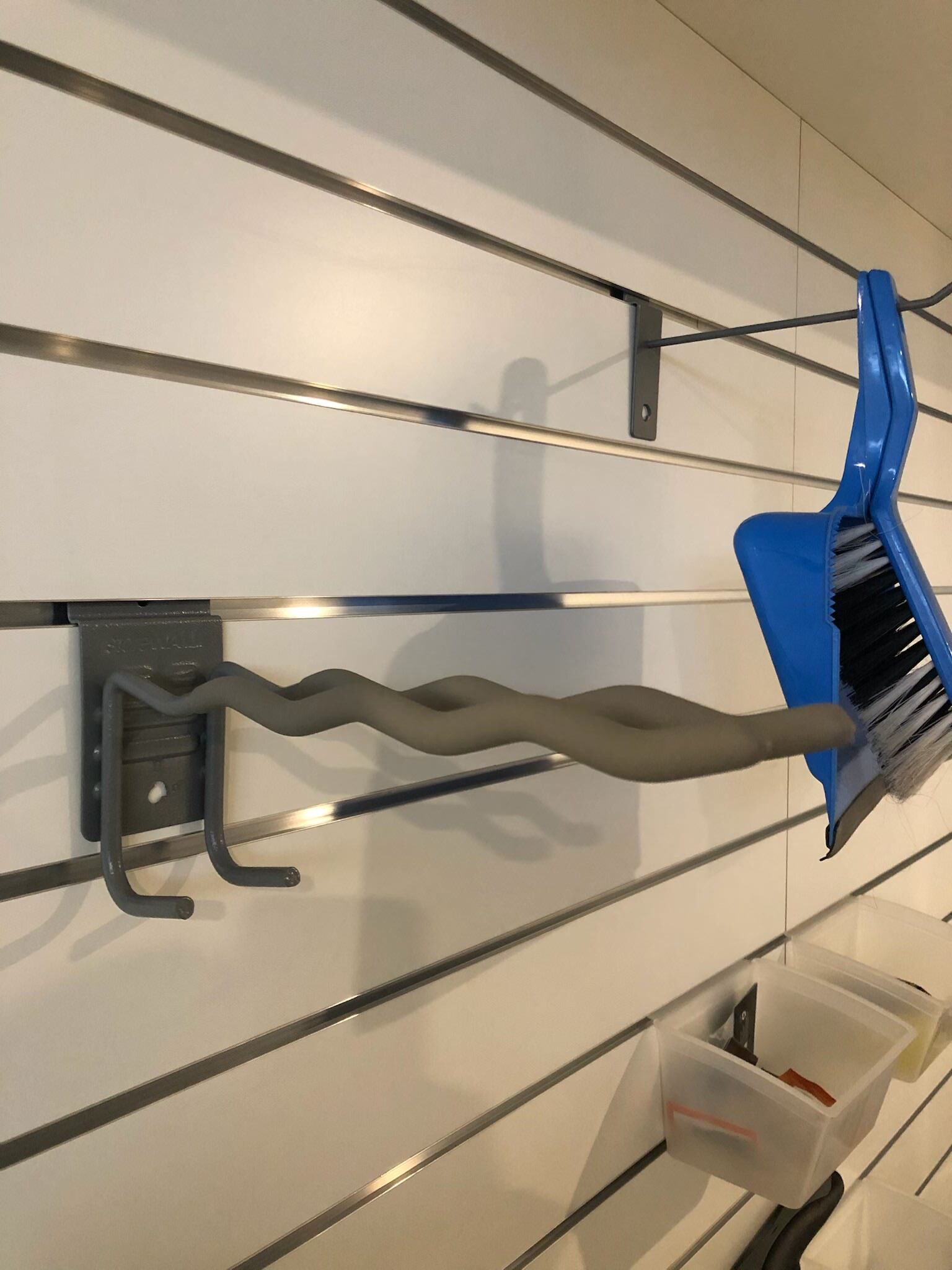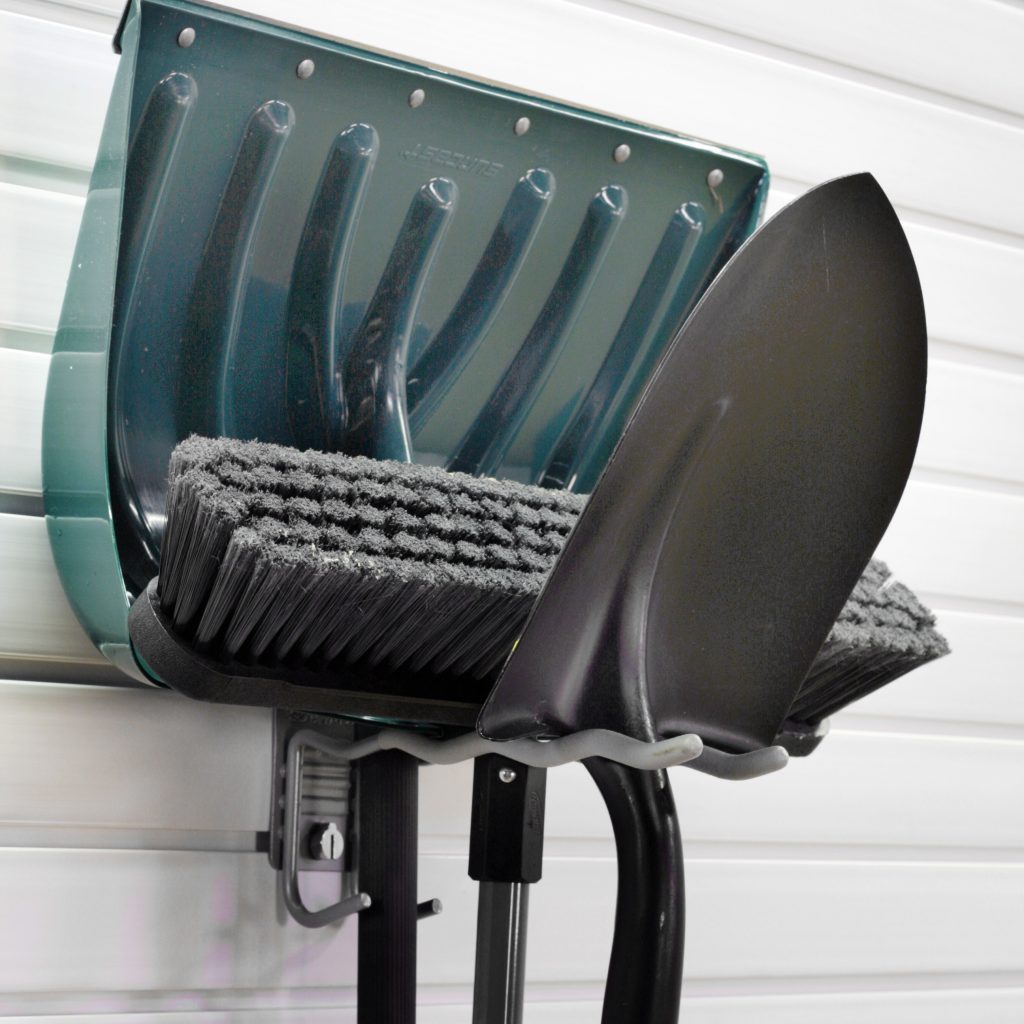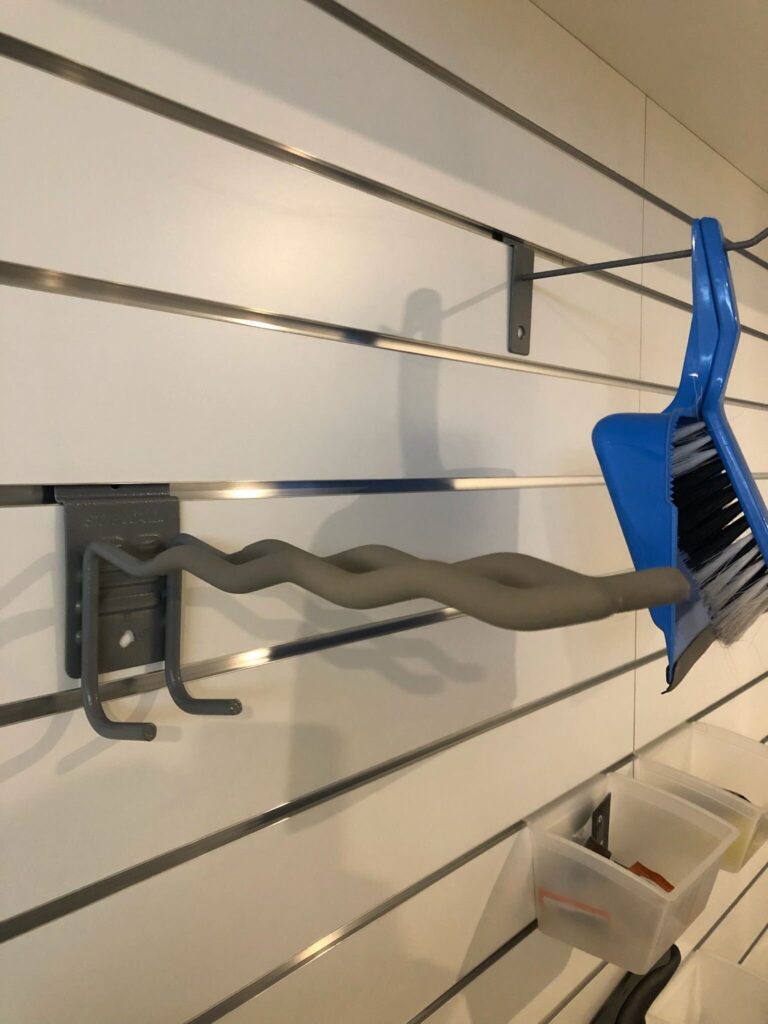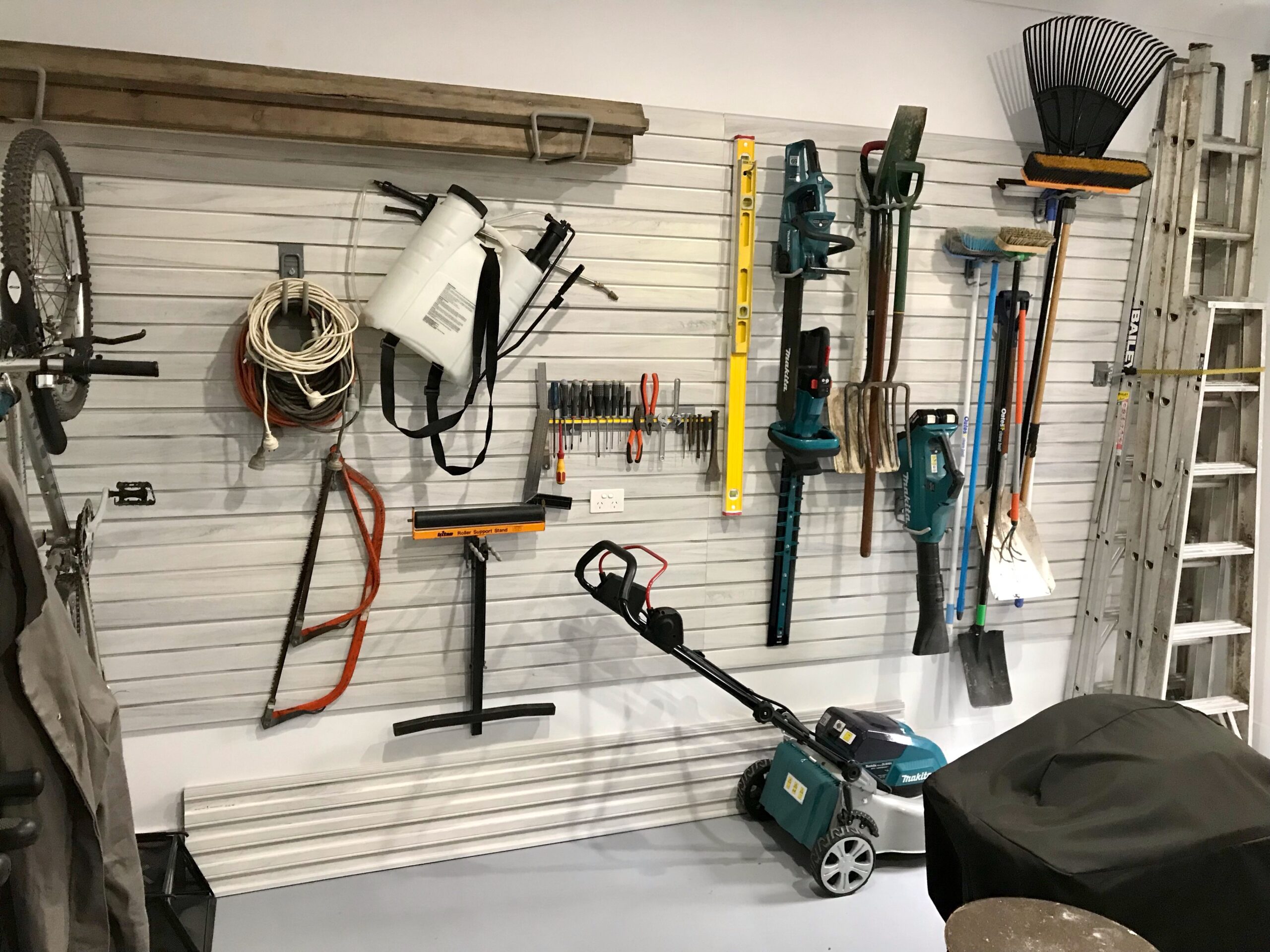
Gardening is a rewarding hobby that not only beautifies your surroundings but also offers a sense of accomplishment and connection with nature. Whether you are a seasoned gardener or a beginner, having the right tools in your garden shed can make all the difference in ensuring your garden flourishes. Here’s a detailed guide to the essential gardening tools that every gardener should have in their shed.
Hand Trowel
Purpose: A hand trowel is a small, handheld tool perfect for digging small holes, planting seeds or bulbs, and transplanting seedlings.
Why You Need It: This versatile tool is indispensable for any gardener. Its small size allows for precise digging and planting in tight spaces. Opt for a sturdy trowel with a comfortable grip and a rust-resistant blade to ensure durability and ease of use.
Garden Fork
Purpose: Garden forks are used for breaking up soil, aerating lawns, turning compost, and digging up potatoes or other root vegetables.
Why You Need It: A garden fork can penetrate tougher soil better than a spade, making it perfect for tasks requiring more leverage. Look for a garden fork with robust, slightly curved tines to avoid bending when used in dense soil.
Pruning Shears (Secateurs)
Purpose: Pruning shears are essential for trimming, shaping, and cutting back plants.
Why You Need It: Proper pruning is key to promoting plant health and growth. A good pair of pruning shears will have sharp, clean-cutting blades and ergonomic handles to reduce hand fatigue. Bypass pruners are great for live plants, while anvil pruners are suitable for dead wood.
Garden Hoe
Purpose: Hoes are primarily used for weeding and cultivating soil.
Why You Need It: A garden hoe allows you to easily remove weeds and shape soil around plants. Choose a hoe with a comfortable handle and a blade suited to your specific gardening needs—whether it’s for weeding between tight spaces or cultivating larger areas.

Garden Rake
Purpose: Rakes are used for leveling soil, removing debris, and breaking up clumps of soil.
Why You Need It: A garden rake with sturdy, flexible tines can handle tough jobs like spreading mulch or removing stones, while a leaf rake is perfect for lighter tasks such as gathering fallen leaves.
Watering Can or Hose
Purpose: For watering plants efficiently, whether in pots, beds, or borders.
Why You Need It: Consistent watering is crucial for healthy plant growth. A watering can is ideal for targeted watering, while a hose is more suitable for larger areas. Consider a hose with a spray nozzle to control water flow and pressure.
Wheelbarrow or Garden Cart
Purpose: Used for transporting soil, compost, plants, and other gardening materials around your garden.
Why You Need It: A wheelbarrow or garden cart is essential for any gardener, reducing the strain of carrying heavy loads and making garden maintenance more efficient. Choose one with a sturdy frame and durable wheels to navigate uneven terrain.
Garden Gloves
Purpose: Protects hands from cuts, blisters, and contact with soil and chemicals.
Why You Need It: A good pair of garden gloves protects your hands and provides a better grip on tools. Look for gloves that are durable, waterproof, and offer a snug fit for dexterity.
Spade
Purpose: Spades are used for digging, edging, and moving soil or compost.
Why You Need It: A spade is a must-have for more extensive digging tasks, like planting trees or creating new beds. Choose a spade with a sharp blade and a comfortable handle that suits your height to avoid back strain.
Garden Kneeler or Kneeling Pad
Purpose: Provides cushioning and support for your knees while gardening.
Why You Need It: Gardening often involves working close to the ground. A garden kneeler or kneeling pad reduces knee pain and supports your lower back, making your gardening experience more comfortable.

Loppers
Purpose: Loppers are long-handled pruners used for cutting thicker branches.
Why You Need It: For larger branches that are too thick for pruning shears, loppers provide the extra leverage needed for clean cuts. Look for loppers with a lightweight design and telescopic handles for extended reach.
Garden Hose with Nozzle or Sprinkler System
Purpose: Efficient watering of larger garden areas.
Why You Need It: While a watering can is great for smaller areas, a garden hose with an adjustable nozzle or a sprinkler system is essential for covering larger spaces. This ensures your plants receive adequate water without the hassle of manual watering.
Soil Tester Kit
Purpose: Used to test soil pH and nutrient levels.
Why You Need It: Understanding your soil’s condition is key to successful gardening. A soil tester kit allows you to determine the pH and nutrient levels, helping you adjust your soil for optimal plant health.
Plant Ties and Supports
Purpose: Used to support climbing plants and secure them to stakes or trellises.
Why You Need It: Plant ties and supports help maintain plant health by preventing breakage and encouraging proper growth. Use soft ties to avoid damaging stems and adjustable supports to accommodate growth.
Garden Knife or Hori Hori Knife
Purpose: A versatile tool for cutting, digging, and weeding.
Why You Need It: A garden knife or Hori Hori knife combines multiple tools into one, making it a versatile addition to your garden shed. It’s perfect for dividing plants, cutting through tough roots, or even opening bags of soil.
Compost Bin or Tumbler
Purpose: For composting garden waste and kitchen scraps.
Why You Need It: Composting is an eco-friendly way to recycle organic waste and enrich your soil. A compost bin or tumbler helps you efficiently manage compost, providing your garden with nutrient-rich material.
Garden Dibber
Purpose: A pointed tool used for making holes in the soil for planting seeds, bulbs, or seedlings.
Why You Need It: A dibber makes planting easier and more precise, ensuring seeds and bulbs are placed at the correct depth and spacing.
Garden Shed Storage Solutions
Having accumulated your own garden tools, your garden shed will need space and accessories to safely store them. StoreWALL offers a premium range of garage storage options for your garden shed. Combine our weather-proof garage wall panels with our heavy duty range of storage hooks. Safely store your gardening tools for under $200.
Having the right tools in your garden shed is essential for maintaining a healthy and beautiful garden. Each tool serves a specific purpose, making your gardening tasks easier and more efficient. Investing in quality tools will save you time, effort, and money in the long run, allowing you to enjoy the fruits of your labor to the fullest.
Equip your garden shed with these essential tools, and you’ll be well on your way to cultivating a thriving garden. Happy gardening!
